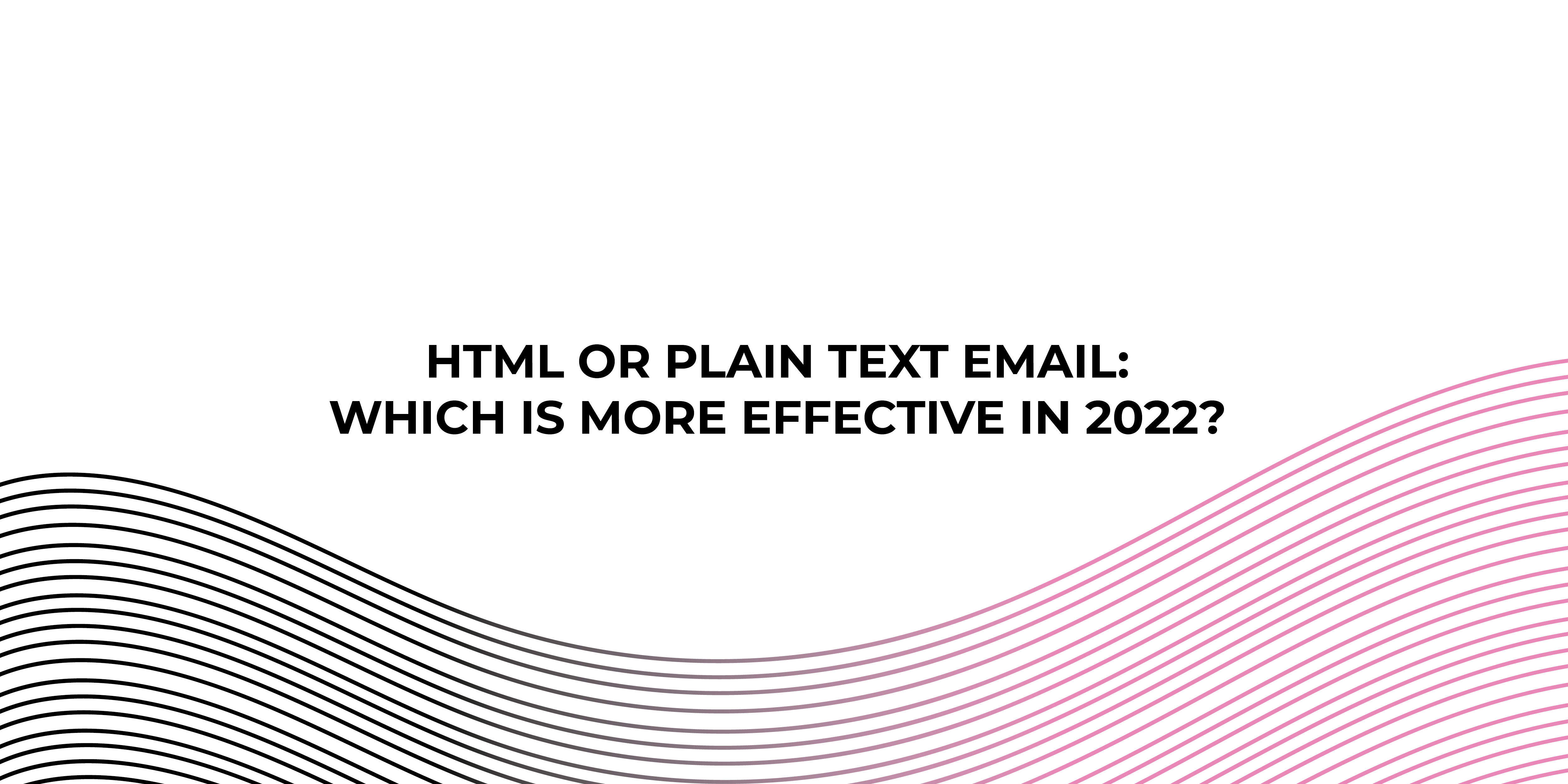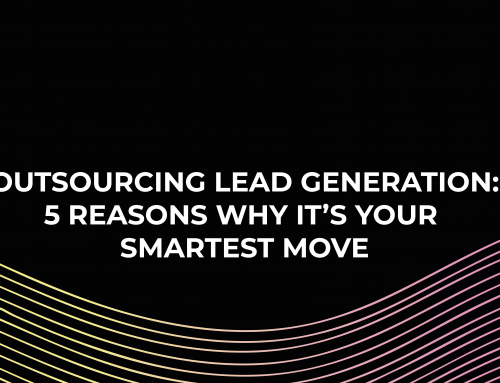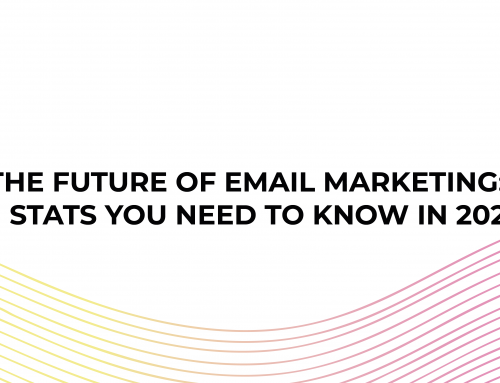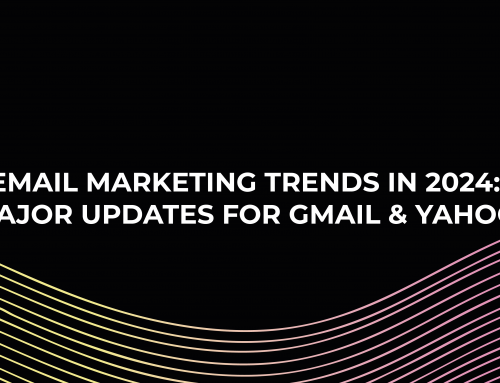Which is better: HTML or plain text emails? This dispute has raged for years in the realm of internet marketing. While the solution may seem clear (HTML, right?), it is not always so.
A knowledgeable email marketer should determine which format best fits the desired audience and purpose to achieve the greatest email deliverability outcomes.
This guide will go through HTML and plain text emails in detail. In addition, we’ll look at the significant differences and advantages of each in terms of deliverability, user experience, visual presentation, and brand consistency.
An Overview of HTML Vs Plain Text Emails
A plain text email is a simplified form of an HTML email. As the name indicates, a plain text email comprises simply text—no graphics, styled fonts, or hyperlinks.
HTML (HyperText Markup Language) is a method of coding a document (composed of ASCII text) that instructs an HTML reader (such as a web browser) on how to present a specific kind of information.
HTML emails feature colour, style, graphics, and occasionally multimedia that plain text emails do not.
The Benefits and Drawbacks of HTML Email.
HTML emails have numerous advantages, but they can have drawbacks. The following is a short rundown of the benefits and drawbacks of HTML emails.
Benefits:
- You may embed images, links, tables, and other multimedia.
- Tracking and analytics are available to assess engagement, clicks, openings, conversions, and so forth.
- It can easily stand out from your receivers’ inboxes.
Drawbacks:
- Because not all email clients (or email programs) and mobile devices display HTML effectively, the result is a jumbled mess of code.
- They are frequently used in phishing schemes and virus injection onto victims’ PCs. Attackers may infect HTML emails that are not quickly detected by the built-in antivirus software used by certain ESPs.
- When emails are tagged as spam, they are sent to the spam folder rather than your contacts’ inboxes.
- CSS styles, or Cascading Style Sheets, may be removed.
The Benefits and Drawbacks of Plain Text Emails
The following are some of the most popular benefits and drawbacks of utilizing plain text emails.
Benefits:
- Plain text is supported by all email clients, providing continuous delivery.
- When compared to HTML emails, it is more accessible.
- Because emails are merely text, messages load rapidly.
- Allows you to send conversational messages to your receivers.
Drawbacks:
- There is no formatting control, and you cannot include photos, video, and other visual components.
- You are unable to monitor critical email stats.
Which One Should You Choose?
Consider these critical factors when picking between HTML and plain text emails.
- Choose the one that best fits your brand.
Because visual components may assist in representing who you are as a brand, HTML email is a good option if you want your email campaigns to reflect your brand identity firmly.
A plain text email, on the other hand, is a better alternative if your brand is focused on providing straight, no-frills communication, which is prevalent in Business-to-Business (B2B) organizations.
- Learn what your target audience likes.
Not all audiences like email in the same way. Some people like simple and straight communications and plain text emails, whilst others are more inclined to act on your offers when they see visual, enticing features in HTML emails.
The key is to identify your target audience, their interests, demographics, and so on, and to assess the success of your email marketing.
A/B testing may be used to determine which variants of your email content and components generate the greatest response. Testing may also ensure a responsive design, so your emails look well on numerous device displays.
- Think about the technological elements.
One of the most serious concerns of HTML emails is incorrect HTML formatting. It may cause your emails to be marked as spam, or worse; it might mark your domain as a suspect sender.
HTML-heavy emails are less likely to be opened when ESPs like Gmail send or put them on the Promotions page rather than the Primary tab in your recipients’ inboxes.
Your contacts may easily disregard your emails, decreasing your open rates and, as a result, your conversions.
When Is Plain Text Email Preferable?
For individualized communications, plain text emails are optimal. For example, if your sales representative already has frequent contact with the client, a plain text email is the ideal method for them to maintain the experience customized. Templates, layouts, photos, videos, and other elements may make an email look artificial, impersonal, and too promotional. A promotional email is ideal in HTML, but plain text is the best option after communication with a consumer has begun.
HTML Vs Plain Text Email: Final Verdict
There is no definitive answer as to which one you should use. As previously said, various circumstances need sending different sorts of emails. As a result, you should use both of them. Furthermore, even when sending HTML emails, you should include a plain text version of the email. Most marketing professionals advocate using this technique.




